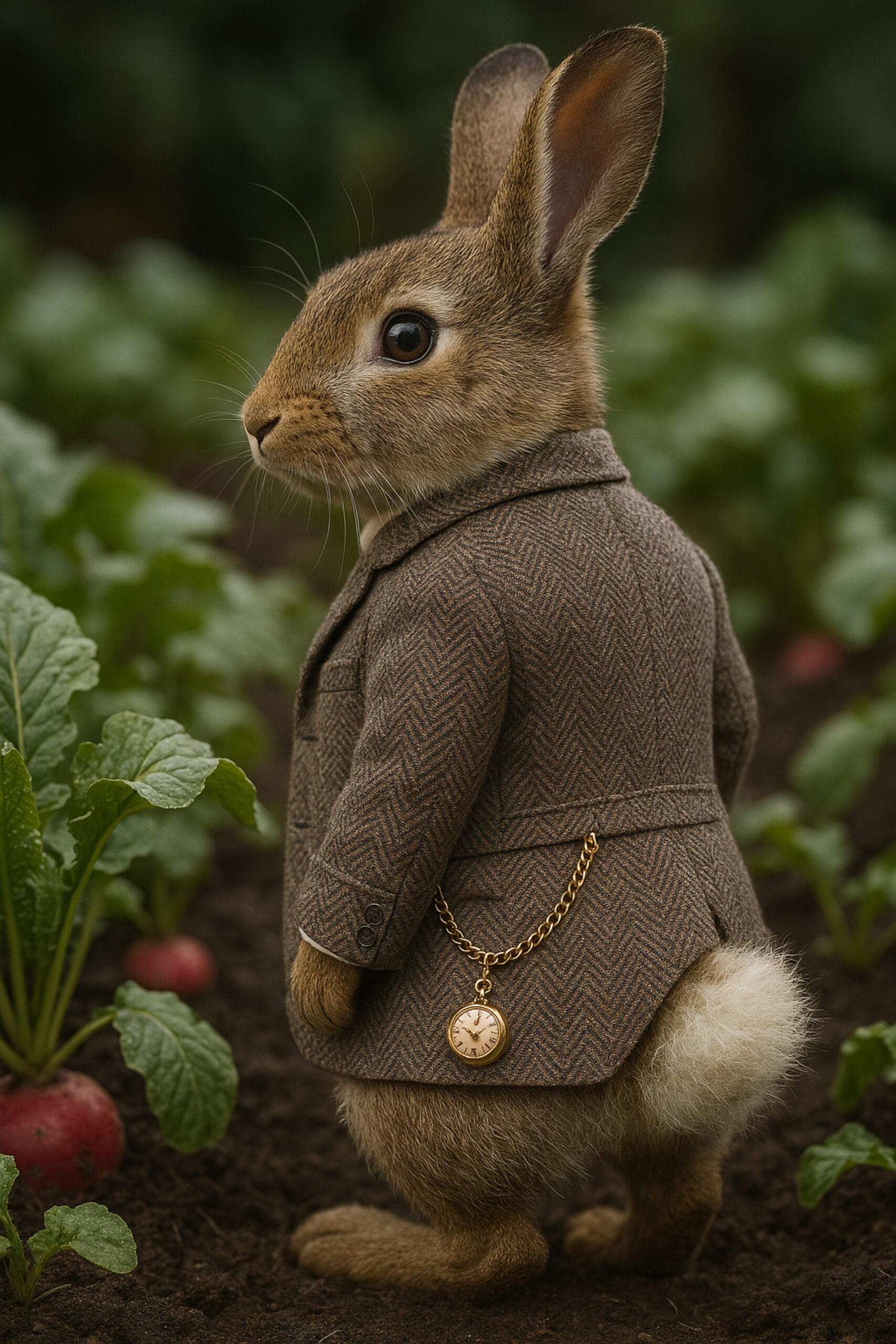Once upon a time, in the not so far past, in a not so far forest, the animals decided to meet the challenges of the new world. They wanted to take drastic action to adjust their everyday reality to modern demands. So, they set up a school which would help the young to get the skills that would make them society ready. This school would teach the young offsprings as many skills as possible. Up until that time the young learnt only from parents. But now they would learn from professional educators. After serious consultation, they elders worked out the standardized educational curriculum and all the activities it involved. The syllabus consisted of running, climbing, swimming and flying. All the animals would take up all the subjects and go through a standardized testing procedure. No distinctions would be made, and this would make the curriculum easier to apply. This new project would leave nochild behind.
The duck was excellent in swimming. In fact, it was better than his instructor. But the duck marginally made passing grades in running and climbing. As for flying, that was a clear failure. The situation called for after school training. Since the duck was slow in running, it had to stay after school and drop swimming to practice the other skills. Poor duck struggled to keep up with the requirements. Eventually, his webbed feet were badly sore and worn. The tired duck ended up only average in swimming. But average was acceptable in school, so nobody worried about that, except the duck. It gave the duck families a bad name.
The rabbit started at the top of the class in running and was good at climbing but had a nervous breakdown because of so much makeup work in swimming and flying. Poor rabbit had to stop running and devote time to the new skills and eventually suffered lots of body injuries from falling from his attempts in flying. He had nightmares about having to take remedial classes.
The squirrel was excellent in climbing. He was good in running too. But he soon developed frustration in the climbing class because his teacher made him start from the ground up instead of the treetop down. He also developed a painful muscle cramp in his legs and feet. He had a flying therapist to help him control the sudden, painful, involuntary tightening of his muscles whenever he attempted flying. He ended up getting a B in climbing, C in running, D in swimming and fail in flying.
The eagle was a problem child and was disciplined severely for breaking the school routines. In the flying class, the eagle beat all the others. He was a star, and everybody was made to learn what he did. In climbing, the teacher tried in vain to teach him how to climb to the top of the tree from the bottom. Stubborn as he was, he insisted on doing things his way. Poor eagle turned moody and simply refused to attend lessons. The school psychologist tried to help but there were no results.
At the end of the year, the eel, the champion of swimming turned into an abnormal being. The eel did nothing but practice all the skills all day long. His entire life was focused on how to swim exceedingly well and also run, climb and fly as well as possible. The lowest mark was on flying but overall, he had the highest average and was the highest ranked student. He was a valedictorian.
The prairie dogs stayed out of school. The reason was that the administration would not add digging and burrowing to the curriculum. Since they did not use the school facilities, their parents fought the tax law and refused to pay tax debts. They sent their children to apprenticeship. Prairie dogs became apprentices to the badger who later started a private school with the gopher and the groundhog as partners. So, now all animals get early training for more skills in one way or another.
The lesson
My version of this fable is based on George H. Reavis’ book. George Reavis stresses the uniqueness in each one of us. Exaggerated parallelisms reinforce the message that the “one model for all” teaching leaves a lot to be desired. The industrialized model of education, which started in the age of Queen Victoria made sense at the time. It taught basic writing and reading skills in a standardized way. But models are processed, developed and adjusted with time. Now, more than ever, we know that teaching the same context in a unified way is far from effective.
We teachers, conductors in our classes, know of the theory of Multiple Intelligences, developed in 1983 by Howard Gardner. We clearly distinguish the linguistic from the logical-mathematical intelligences. We spot the spatial and bodily-Kinesthetic intelligences although they are not assessed in our curriculum. We greatly respect less dominant ones like the musical and the naturalist intelligences. Finally, now more than ever, we value interpersonal and intrapersonal intelligences.
Educators try to allow room for expression of all intelligences apart from the linguistic and logical-mathematical ones. We may not teach in eight ways, but we certainly cater for more ways than we did in the past. If pupils do not receive the message, we change our teaching approach without labeling them. In our teachers’ open eyes, we see future grownups in various capacities. We visualize mothers, nurses, musicians, artists, technicians, naturalists, designers, architects, carers or dancers among so many more.
Involving students in the story
- The setting, the plot and the characters are the staples in story elaboration. We involve students in questions on where the story is happening, who the characters are and what the story is about.
- How does the story end? Before giving the end of the story, we ask students to predict what will happen. Which animal will get passing marks on average? All guesses are acceptable. What we really want is to engage students in discussions and challenge their thinking and speaking skills.
- Discussing the messages of the story. What matters most in school life: the goal or the journey to it? How is this true in life in general?
- Discussing the feelings. The story lends itself to drawing similarities with the students’ school life realities. What makes the students feel miserable? What makes them feel creative and supported?
- Suitcase message. What would be the one thing you would isolate from this story and carry with you? What message would you put in your suitcase?
- Retell the story from each character’s point of view. Make headbands representing the characters of the story. Each child roleplays the character his headband represents and tells his own experience of the new school.
- Dilemma questions.
Is it right to force students to do extra remedial classes to acquire skills which they do not care much about? Ducks like to play in the water without worrying about running of flying or other skills. Ducks are perfectly wonderful as ducks. Does it work to compare us to each other?
- Is it fair that the eagle got suspended because he had his own way of doing things?
- What example show that we are happy when we are allowed to be ourselves.

